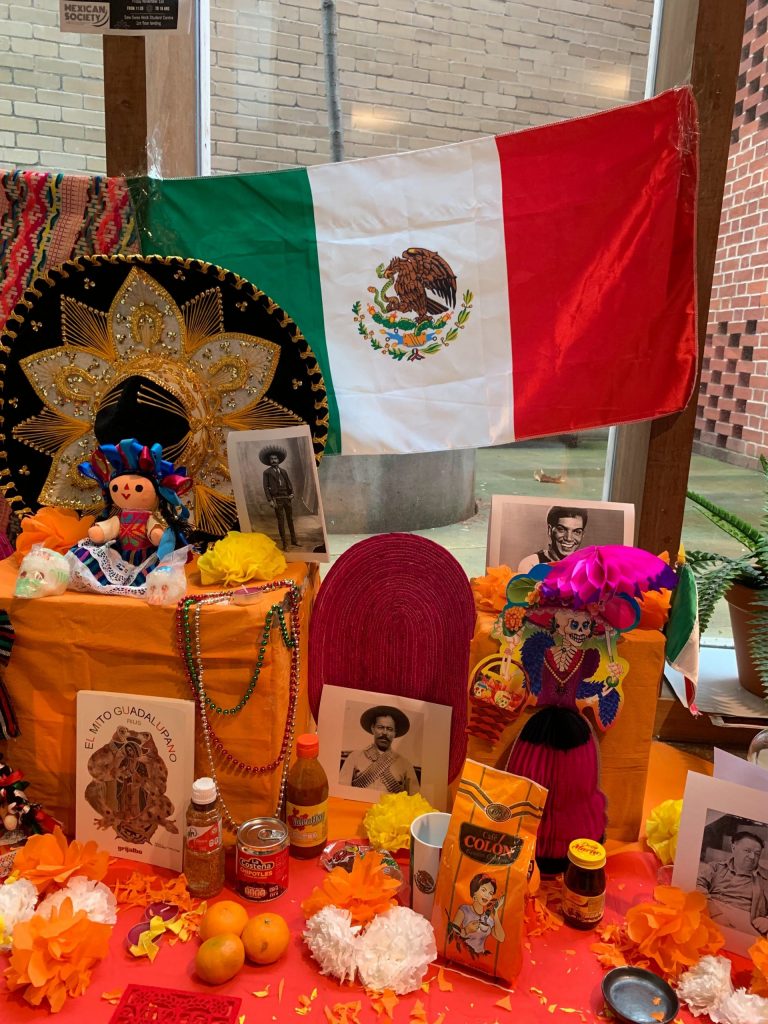Throughout centuries of human history, death has been celebrated and acknowledged across different cultures, regions, and religions. From the Chinese Tomb Sweeping Day in April to the Hindu Pitru Paksha ritual honouring ancestors and the Balinese holiday Galungan, in which the ancestral spirits return to the Earth, death is a rich cultural experience across the world. However, in the West, death is often a sad and sombre experience, something we’d prefer not to think about at all. Just think about the long-lasting popularity of zombie and ghost movies to get an idea of the Western cultural legacy of death and the dead. Beyond the increasing popularity of the skull painted face “costume” internationally, Dia de Muertos (Day of the Dead) is an often misunderstood and neglected celebration of life. The annual Mexican celebration held from 28 October to 3 November is a vibrant way to remember those no longer with us, with rich lessons that can be learnt across different cultures.
This year, the LSESU Mexican Society placed an ofrenda (altar) in the Saw Swee Hock Student Centre. Hoping to attract different students and staff at LSE, members of the Mexican Society explained the meaning of the Day of the Dead and the multiple items and symbols that could be found in the ofrenda. For instance, marigold flowers serve as a guide for the dead to return from the afterlife, while toys are included to celebrate children that have passed. Other items often included in ofrendas are tequila or mezcal, sugar skulls, and bread. Pillows and blankets are often left out too, so the dead may rest after a long journey. Little signs of respect like this can be seen throughout the celebrations. Importantly, celebrators will include pictures of the dead throughout the ofrenda to serve as reminders of loved ones.
The Day of the Dead is much more than the sugar skull face painting, a Halloween costume trend. For Mexicans around the world, death represents another stage of life that still belongs to the world of the living. More than mourning the departure of a loved one, we cheer for the experiences, laughs, anecdotes, and memories we have with them, like their favourite music, food, and all the things they enjoyed while they were alive — reminders of these are placed along with their photo in the ofrenda. The Day of the Dead is a symbolic way to remember our ancestors and deceased family members, while at the same time reconciling life and death through a colourful and vibrant celebration.
The Day of the Dead can teach us all something about how we understand life, death, and our place in the world. Why do we need to worry about death, when we can instead concentrate on having a life worth being celebrated by our loved ones? After all, if we are to be remembered once we’re dead, then we aren’t really gone.



